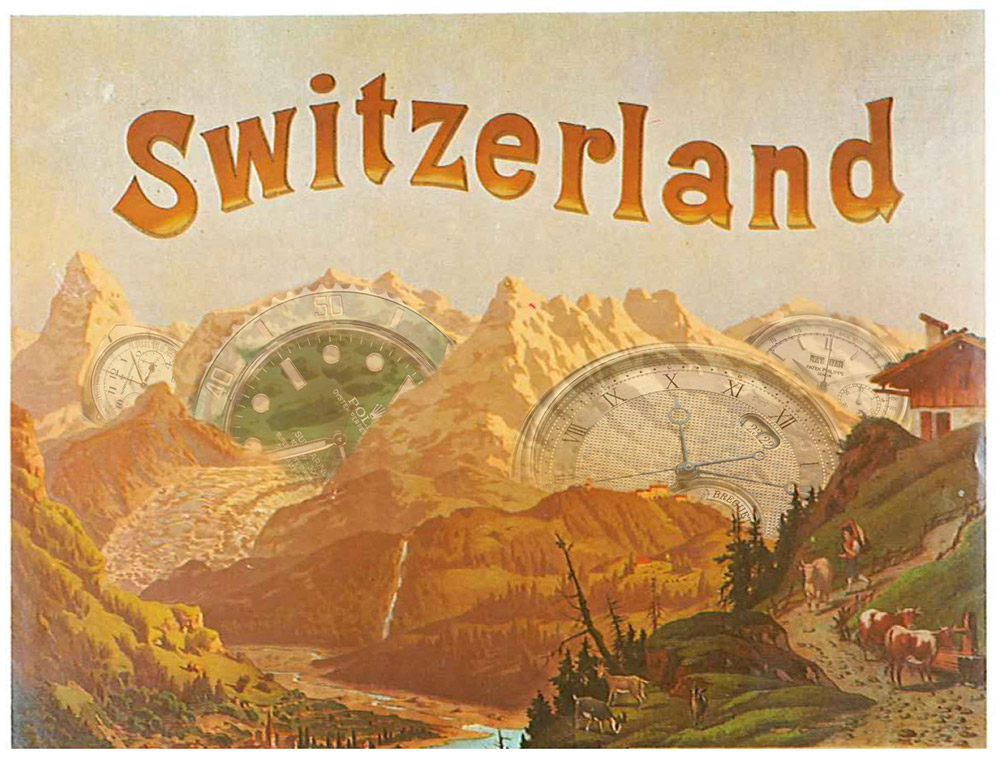
The purpose of this guide is to help people better understand the culture that designs, manufactures, and sells high-end Swiss timepieces – ideally, in the most lighthearted and non-stuffy of ways. I’ve spent the better part of 15 years looking at the Swiss watch industry from the outside, and most of that time actually working with it.
While Switzerland produces a lot of nice things (from delicacies to cosmetics), it is their watches that capture my attention. I love watches, I really do, but I can say that many elements of Swiss culture that allow them to continue making excellent-quality timepieces also make them pretty awkward (to say the least) in other areas. To be clear, I’m not Swiss (just an uncivilized American), and I’m not here to define the Swiss people or Switzerland’s watch making segment, but I can help explain a lot of it to those people who are understandably mystified by a lot of what I’ve come to understand are elements of the culture that have caused feelings from confusion to frustration in people everywhere who have been romanced be their products.
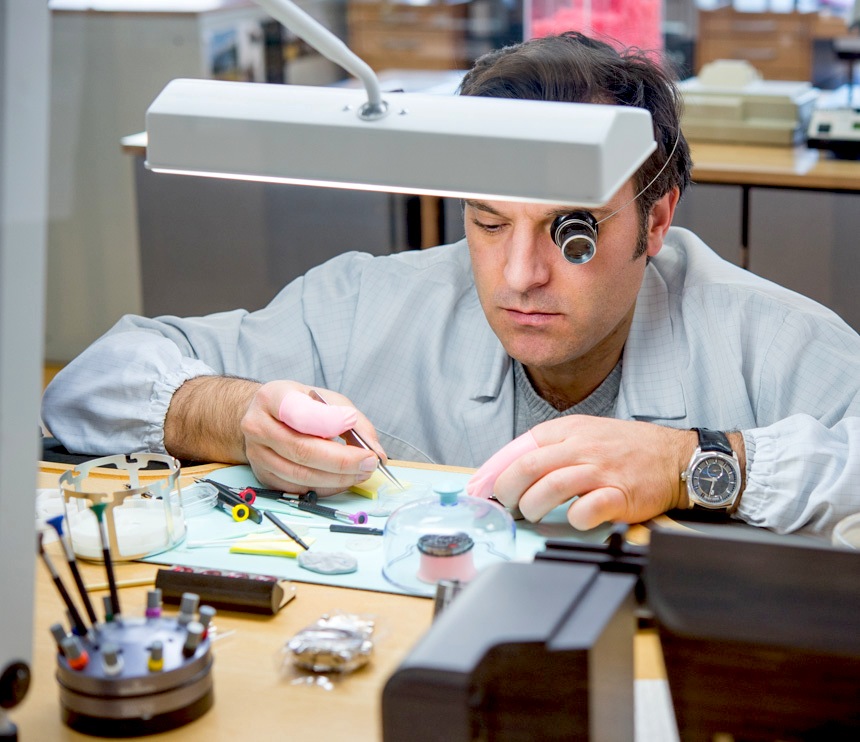
“Swiss Made” isn’t just an indicator of product origination, but also a brand. The legal meaning of the Swiss Made label has also evolved and we explain the latest regulations on it here. The Swiss government and the country’s businesses have a valuable interest in making sure that people around the world imagine a certain setting, mentality, aesthetic quality, and air of prestige when it comes to all products that carry the “Swiss Made” mark. That is especially important when it comes to watches because, let’s face it, most of them come with high price tags that don’t exactly lend themselves to impulse purchases.
I’m adding humor in this article because some of the things I’ll say won’t make me too popular with my colleagues in Switzerland. They know I care about them and that I want what’s best, but making light of some of their less affable qualities, as well as those that are worth a firm pat on the back is often best delivered with a smile on one’s face.
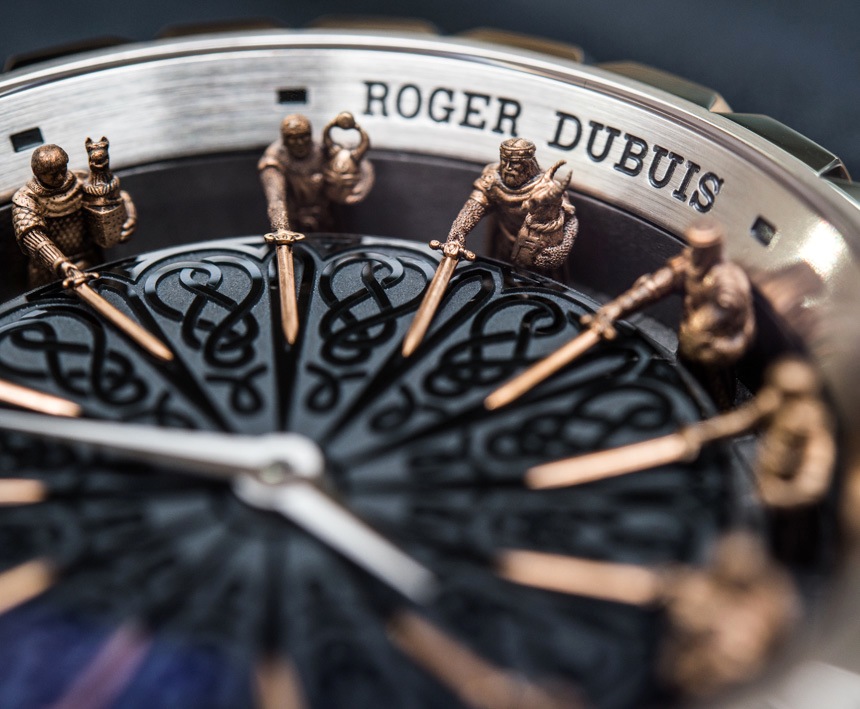
Calvinism & The Ban On Luxuries
Despite what some Swiss watch marketing professionals would like you to believe, Switzerland didn’t invent the watch. Nevertheless, Switzerland was historically very important in the development of watches and clocks – along with other countries such as France, England, and Germany. All watch technology began as clock technology that was made increasingly accurate (and small) over many generations starting in roughly the 16th century. Books have been written about how an increasingly “time-aware” society in Europe was good for business, navigation, and also religion.
Interestingly enough, religion has a huge role to play not only in the proliferation of clocks and watches, but also their development as personal items for the rich elite that could afford them. In the early days of clocks, often the only one in town was part of the church, and its main purpose was to tell people when to gather and worship. It wasn’t until the 17th century that clockmakers more or less nailed down techniques to start producing clocks for personal use, and the only people who could afford them were the same people who could also commission other works like art, estate homes, and other impressive structures.
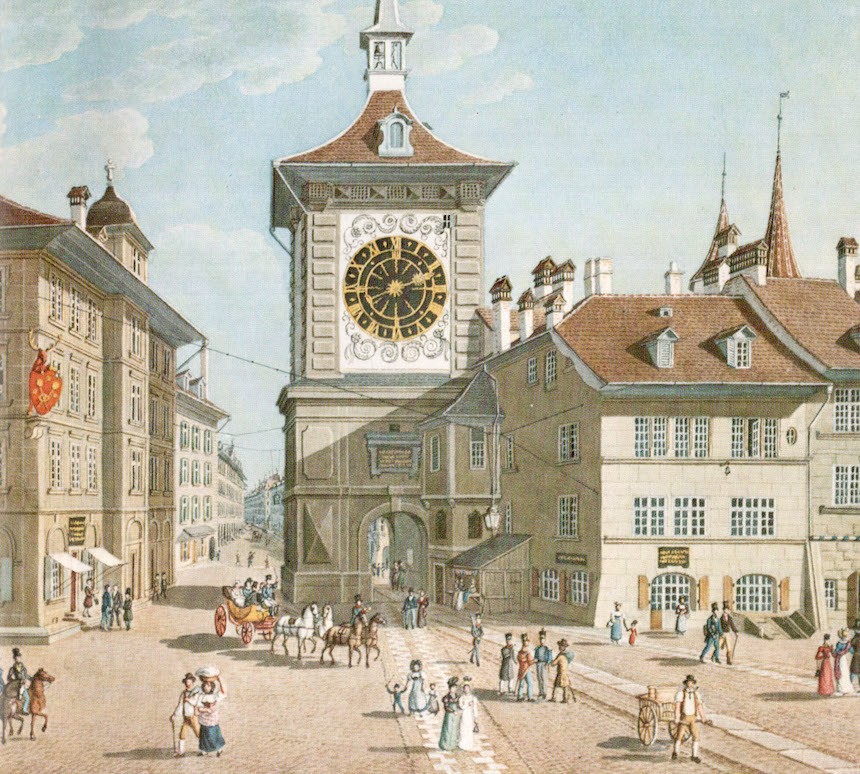
The Zytglogge medieval tower in Bern, Switzerland. Built in the early 13th century, it has served as guard tower, prison, clock tower, centre of urban life, and civic memorial.
Clocks and related mechanical items started to become synonymous with conspicuous wealth which provoked a cultural backlash against the rich. In Switzerland, this was manifested in the split between sects of Christianity. Calvinism, which originally was a rather extremist backlash to the practices of the “egregiously decadent” Catholic church, started in Switzerland around 1520 and went on to gain popularity (through turbulent times and wars) in the 16th century and, for a long time, they enforced a cultural segregation between themselves and Catholics.
Laws were passed that, among other things, forced Catholic people to live high up in the mountains – which, while nicer in the summer, was too cold to allow for the people to do much of anything during the winter. Now a major part of Calvinism was to emphasize a rather boring life of working hard, depriving oneself of luxuries, and not making anyone jealous. The lavish art and items which typified the lifestyle of wealthy Catholics were more or less banned. A strict focus on utility and piety was laid down as the law of the land in large areas of Switzerland.
Interestingly enough, clocks and watches were given a pass by Calvinist religious authorities. The rationale, as I understand it, was that because clocks were primarily functional (and as I mentioned, helped people get to church on time) their production was not only allowed but encouraged. Geneva and surrounding cities were an epicenter of watch and clock selling and assembly, but production came from other places. An interesting nuance to the allowance of watch production was that the people who made them (and they took enormous effort and time) were able to include things like decoration and art. That means people could carry around a decorated watch and not make too many people raise their eyebrows because it wasn’t just a luxury meant to show off, but rather a tool that happened to embody the pride of the people who made it – and if there is anything Swiss culture values, it is pride in one’s own hard work.
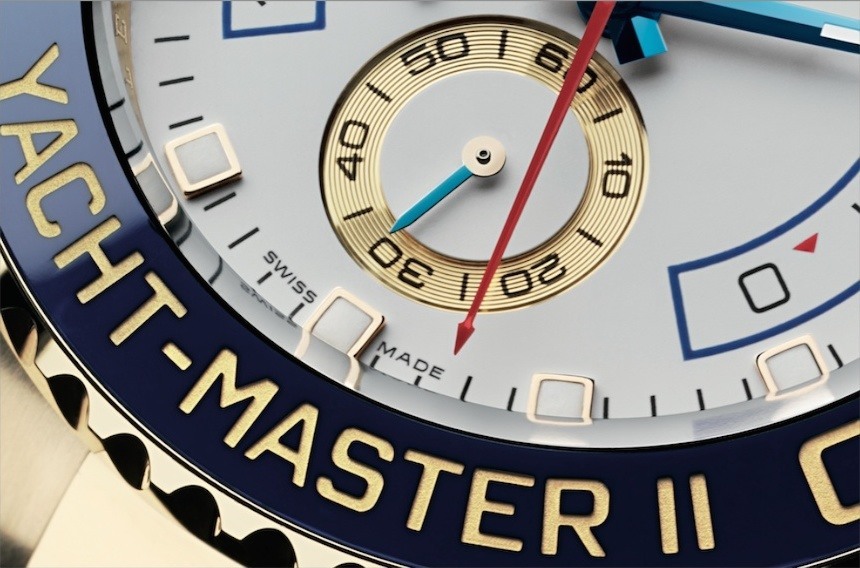
Now, I mentioned before that the powers that were in Geneva forced a lot of people to live up in the relatively nearby mountains, and that during the winter they had nothing to do. Well, what they ended up doing was to produce watch parts during the long and otherwise uneventful winters. Places up in the Swiss mountains like the Jura region and cities like La Chaux-de-Fonds are current epicenters of watchmaking in Switzerland due to these historical reasons.
Those who were farmers by summer and watchmakers by winter in Switzerland didn’t actually get a huge amount of credit back down in Geneva, where the stores that sold the watches would put their own names on the dial and take a lot of said credit. Despite that, such a history led to a long heritage of collaborative production in Switzerland that promoted particular people, families, and later companies to specialize in the production of particular parts. Such efforts and talents produced items that, when assembled, created Swiss watches. Today in Switzerland, a lot of companies like to take credit for doing everything themselves, which is a funny irony because their real history is a lot more social than it is independent. With that said, despite marketing claims, pretty much all Swiss watchmakers rely on at least some suppliers to manufacture timepieces that are inherently still assembled from an array of small, rather specialized components – and that is actually true whether we are talking about traditional mechanical or more contemporary electronic quartz watches.
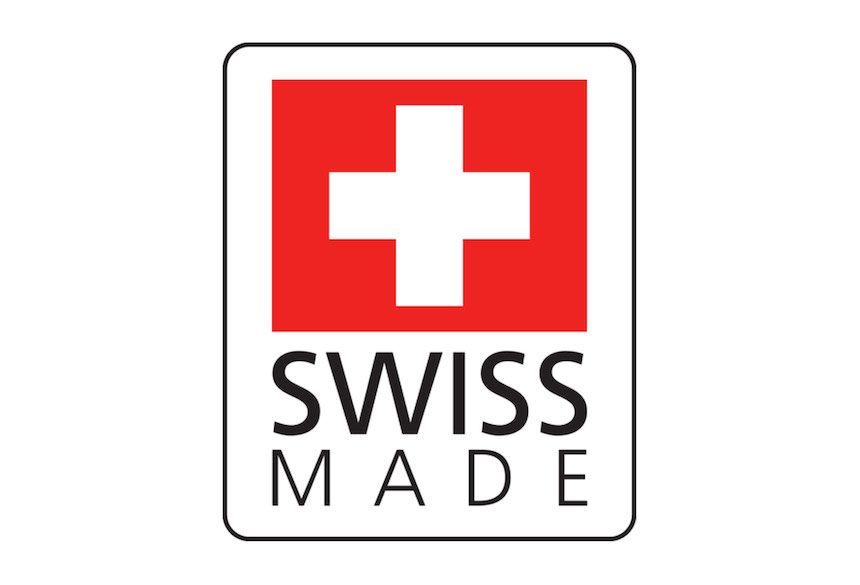
How Swiss Is “Swiss Made?”
Given our globalized world economy, it is actually surprising to some people that you can still get some watches with more or less 100% Swiss Made parts – but such items are the exception and not the norm. The actual definition of Swiss Made is something we’ve covered in other articles on aBlogtoWatch (see the article we linked to above and also this one for a bit more information), but I will remind you now that it doesn’t actually mean 100% made in Switzerland. A lot of people in Switzerland would actually prefer that, but as I’ll discuss a bit more below, things in Switzerland just cost too much money for literally and purely Swiss-made watches to be at all cost effective to produce.
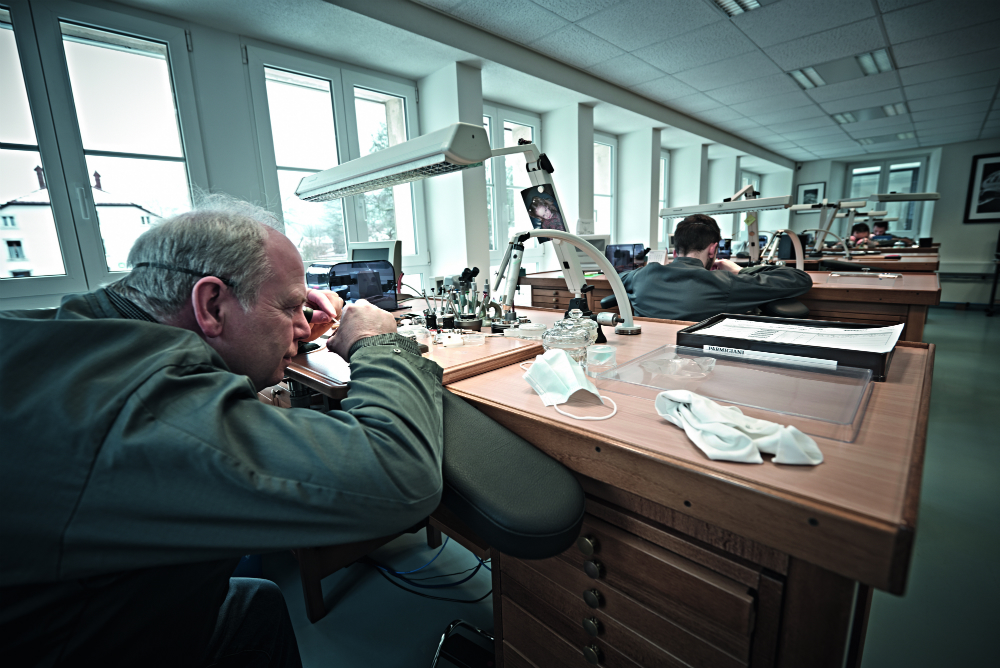
Currently, the standards for Swiss Made mean that about 60% of the total value of the movement inside of a Swiss watch must be from Switzerland. Moreover, the watches must undergo “final assembly” and quality checks in Switzerland. If you read that carefully it should become very obvious that there is a lot of room for the majority of a Swiss Made watches to not actually be produced wholly in Switzerland.
Where does the rest come from? Mostly Asia. I wouldn’t get too hung up on that because while stuff in Asia doesn’t have the same production reputation as stuff in Switzerland, the Swiss tend to be proud enough to ensure that what you are buying is actually well-made (well, for the most part). In addition to using “Far East” suppliers, Swiss companies sometimes also buy parts from surrounding countries such as France, Germany, and also Italy. The moral of the story here is that “Swiss Made” can mean a lot of things, and while something not made in Switzerland doesn’t mean it isn’t good, it is important for consumers to better understand the true nature of what the mark means. For me, the value of “Swiss Made” isn’t in where the actual parts come from (quality can come from many places) but rather how, on average, watches with the Swiss Made designation tend to look, feel, and perform.
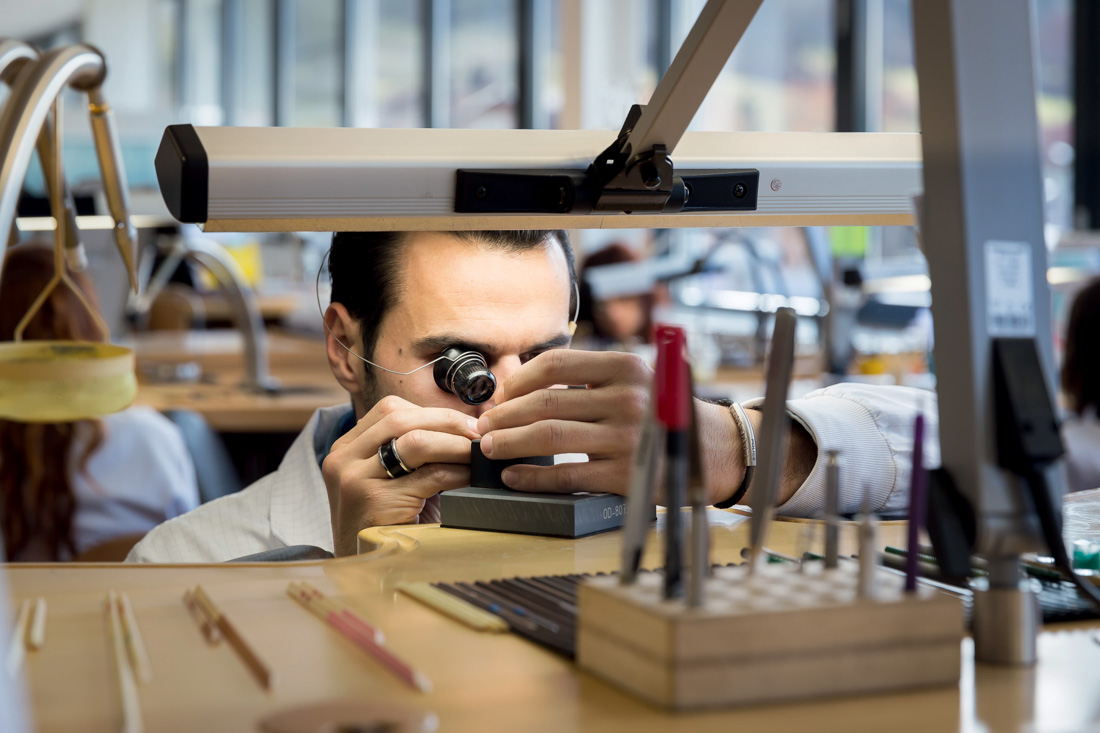
An important note I want to add is not just where Swiss Made watch parts are made, but who is actually making watches in Switzerland. A surprisingly small number of Swiss people are actually sitting at watchmakers’ benches actually assembling watches. If you look at a map of where most factories (“manufactures,” as they prefer to call them) that produce watches and watch parts are, you’ll notice that they are mostly clustered on the borders of other countries such as France, Germany, and Italy. Why? Well, because Swiss people cost a lot to employ. Many if not most of the employees in watch factories come from these countries, and if you really want to appreciate Swiss Made watches you also need to appreciate the hard work that comes from the French, Italian, and German people who are instrumental in producing them.


